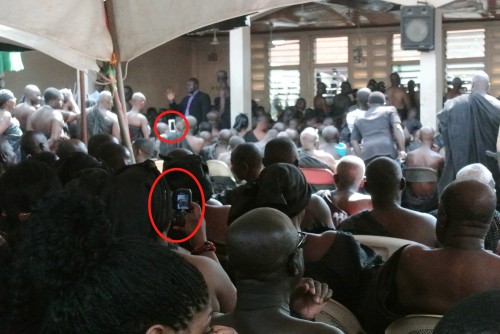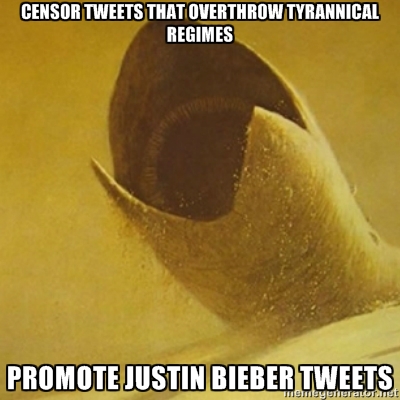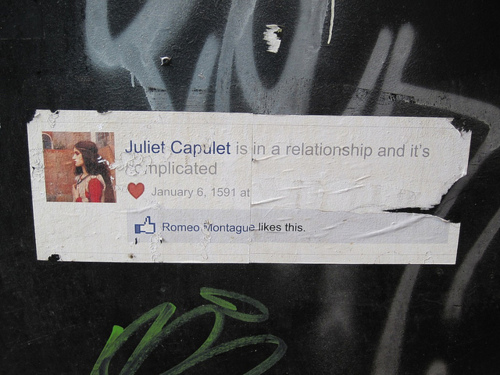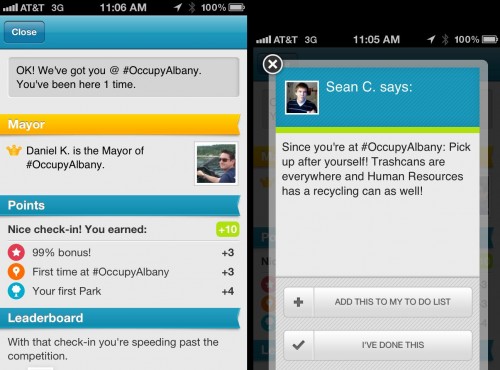As most of Cyborgology readers know, the blog puts on a conference called Theorizing the Web (now in it’s fourth year). We have some exciting new ideas for 2014. By popular demand, #TtW14 will now–for the first time–feature two full days of programming. We’ve also moved out of an academic-institutional space and into a gorgeous warehouse in Brooklyn, NYC. All of this means that, in addition to the competitively-selected papers and invited speakers, we can experiment with more ways to push the norms of academic conferences. The goal of Theorizing the Web has always been to create the event we’d want to attend.
If you are interested in presenting at Theorizing the Web, here’s the call for papers.
Anyone can attend, you just have to sign up. Traditional conferences get expensive and often leave people who don’t have some sort of institutional backing out in the cold. We want to include as many as possible, so TtW works on a pay-what-you-can model (minimum $1). This means that those with limited funds can still attend, relying on the generosity of those who can afford a little more. Register and pay what you can here.
All the information you’ll need should be on the conference website, and, if not, feel free to comment below or write to theorizingtheweb@gmail.com.
If you think others would be interested in this event, please share. The Twitter hashtag is: #TtW14
Thanks for all the support these first three years, and we’re excited for the fourth Theorizing the Web!









